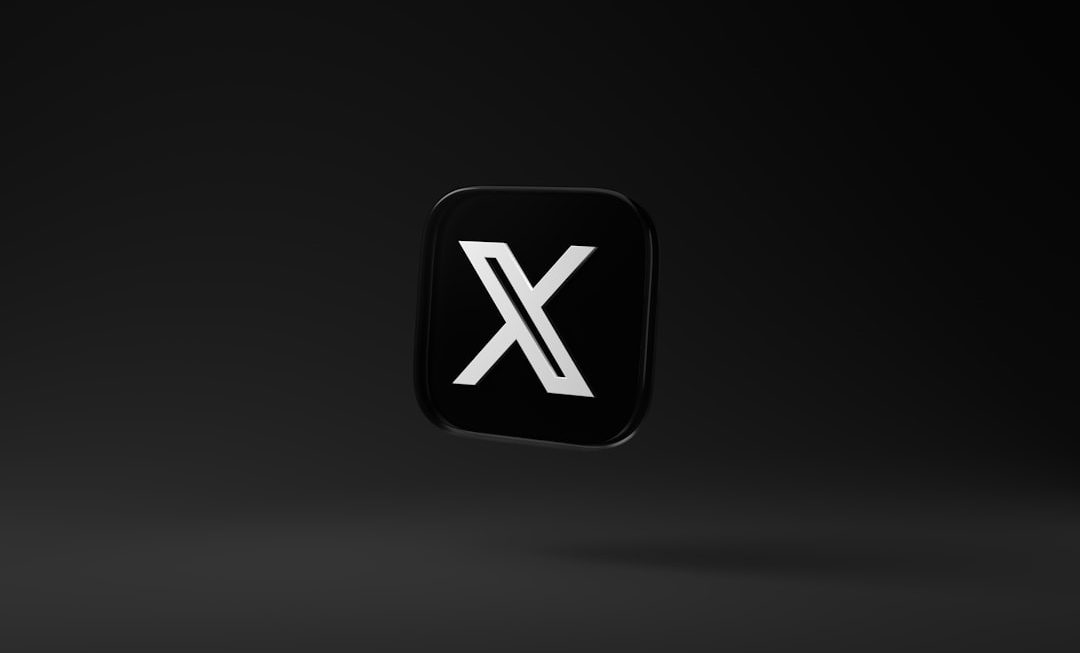In the dynamic landscape of recruitment, 2025 marks a pivotal shift in how employers evaluate job candidates. Traditional resumes, once considered the gold standard for applications, are rapidly taking a back seat. Instead, portfolios — rich, dynamic compilations of an individual’s actual work — are becoming the centerpiece of hiring decisions across industries.
This evolution is driven by multiple factors, from digital transformation and the democratization of tools to the growing demand for tangible proof of skill. Employers are no longer content with just reading about what someone says they can do — they want to see it.
The Limitations of Resumes
Resumes are inherently restrictive. They are:
- Static: Limited to text-based representations of skills and experiences.
- Generic: Often filled with buzzwords that don’t adequately demonstrate competency.
- Inconsistent: There’s no universal format, making them difficult to compare across candidates.
- Prone to embellishment: Studies suggest a high percentage of resumes contain some level of exaggeration or fabrication.
For roles requiring creativity, hands-on expertise, or technical performance, the resume often falls flat. Employers are increasingly finding that it doesn’t provide a complete or accurate assessment of a candidate’s potential.
The Rise of Portfolios
In contrast, portfolios offer a multi-dimensional view of a job seeker. Whether it’s a developer showcasing apps, a marketer presenting campaign analytics, or a designer displaying mockups, a portfolio gives recruiters and hiring managers a far clearer and more compelling picture of the candidate’s capabilities.
Portfolios can include:
- Project Case Studies: Detailed breakdowns of past work — objectives, methods, outcomes.
- Multimedia Content: Videos, screenshots, slideshows, or interactive demos.
- Code Repositories: For developers, links to GitHub or similar platforms show coding style and collaboration skills.
- Client Testimonials and Feedback: Real-world validation of effectiveness and teamwork.
This form of qualitative evidence is exactly what modern hiring teams need to make smarter, bias-reduced hiring decisions.

Why the Change Now?
A confluence of current trends is accelerating this shift from resumes to portfolios in 2025:
1. The Digital Transformation of Work
More roles than ever now exist in the digital space — think UX design, digital marketing, data science, software engineering, and content creation. For these positions, the deliverables are often digital by nature and can be conveniently archived and accessed anytime. This makes portfolios not only feasible but ideal for demonstrating value.
2. The Rise of Freelance and Gig Economy
Over the last decade, freelance marketplaces have popularized the use of online portfolios significantly. Platforms like Upwork, Fiverr, and Toptal rank professionals based on reviews and examples of work rather than resumes. Now, this method is being adopted in more permanent roles, too.
3. Emphasis on Practical Skill Over Credentials
In 2025, employers are valuing what you can do far more than where you learned it. The persistent talent gap in tech and creative fields means companies need to assess competencies directly. A well-curated portfolio bypasses the need to interpret grades or titles and instead goes straight to the point: proof of ability.
4. Artificial Intelligence in Recruitment
AI is playing a growing role in streamlining recruitment. But while AI tools can skim resumes for keywords, they can also evaluate portfolios for quality markers. AI algorithms can now analyze design composition, code cleanliness, user engagement metrics, and more — giving objective feedback that levels the playing field.
Industries Leading the Change
While the move towards portfolios is affecting most sectors in some capacity, certain industries are pioneering the shift entirely:
- Design and Creative Arts: Graphic designers, visual artists, and videographers rely almost exclusively on portfolios to land roles and freelance gigs.
- Web and App Development: GitHub repositories and live demo links are considered mandatory for developers today.
- Digital Marketing: Social media managers, SEO experts, and PPC specialists present case studies and KPIs from their campaigns.
- Journalism and Content Writing: Written clips and published articles serve as core parts of a candidate’s professional story.
- Data Science: From dashboards to Jupyter notebooks, portfolio pieces now show not just results but approaches to solving data challenges.
How Candidates Can Prepare
If you’re job hunting in 2025, building a powerful portfolio is no longer optional — it’s essential. Here’s how to get started:
- Create a Personal Website: This is your digital resume and portfolio rolled into one. Use platforms like Webflow, WordPress, or Wix for easier setup.
- Document Your Work: Capture screenshots, record videos, and write case studies showing the process and results of your most successful projects.
- Include Quantifiable Results: Numbers talk. Include performance metrics whenever available — traffic increases, revenue generated, bugs fixed, etc.
- Regularly Update Your Portfolio: As you finish new work or complete side projects, integrate them into your portfolio to reflect your ongoing growth.
- Link Your Social Proof: Connect profiles from GitHub, Medium, LinkedIn, and Behance directly to your portfolio.
The Employer’s Advantage
Hiring based on portfolios doesn’t only benefit the candidate. Employers achieve measurable advantages too:
- Faster Hiring Decisions: No need to call for additional assignments or tests — the proof of skill is front and center.
- Improved Cultural Fit: Portfolios reveal style, communication preferences, and design sensibilities, offering a better sense of team compatibility.
- Reduced Bias: Transparent work samples minimize the risk of unconscious bias associated with names, locations, or institutions on traditional resumes.
Challenges and Concerns
Despite numerous advantages, portfolio-based hiring isn’t without challenges. Here are a few key concerns to navigate:
1. Not All Roles Are Easily “Portfolio-able”
Administrative, operational, or managerial roles can be trickier to showcase via portfolios. For these, candidates may need to get creative — using strategic plans, leadership frameworks, or summary presentations.
2. Time Investment
Building and maintaining a professional portfolio takes significant effort. However, this investment often pays dividends, not just in job hunting, but in building personal brand authority.
3. Privacy and Confidentiality
If your work is behind NDAs or includes sensitive client data, always seek permission or anonymize content before publishing it online.
Looking Ahead: The Hybrid Model
While some jobs will continue to require resumes alongside portfolios, the landscape is moving towards a hybrid model. Resumes might still serve as quick summaries or filters, but portfolios will carry the persuasive weight. Some companies are even building custom hiring portals that prioritize portfolios over uploaded docs, showcasing just how transformational this shift is.
Conclusion
The hiring process in 2025 is about more than what a person says they’ve done — it’s about what they can show. As digital technologies evolve, so do the expectations in the job market. Portfolios are not merely a trend; they represent a broader transformation in how value and competency are evaluated in today’s workforce.
Whether you’re a job seeker looking to stand out or an employer aiming to make the best hire, the portfolio-first approach is no longer optional — it’s the new normal.




